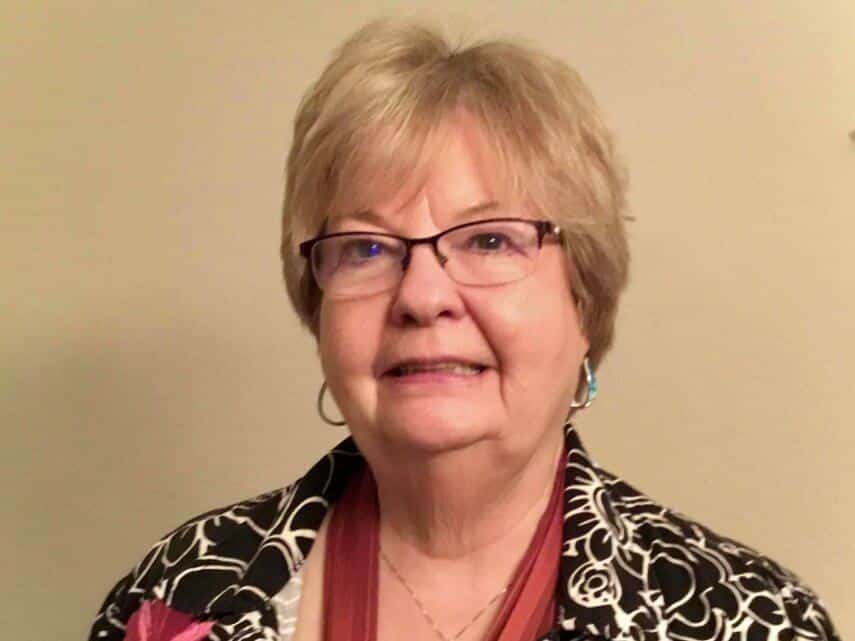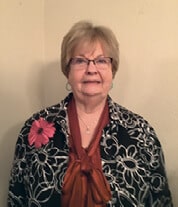Interview with Non-Sporting Group Judge Mary Ellen Meyer
Where do I live? How many years in dogs? How many years as a judge?
Mary Ellen Meyer: I was born and raised in Milwaukee Wisconsin and currently live in Oostburg, Wisconsin, having begun exhibiting dogs in 1964. I currently have been judging for 20 years.
What is my original breed? What is/was my kennel name?
Mary Ellen Meyer: My original breeds were the Miniature Schnauzer and Miniature Poodle. The kennel name I established to identify my dogs is Markwright.
Can I list a few of the notable dogs I’ve bred? Any performance or parent club titles?
Mary Ellen Meyer: I began my career in dogs by exhibiting in obedience, then moving into the conformation arena showing Schnauzers, Poodles, and then Keeshonden. My first big winner was Ch Markwright’s Square Rigger HOF. I have bred over 150 champions of record, including Best in Show, multiple Group placements, Futurity winners, Sweepstake winners, Specialty winners, and Hall of Fame dogs, including obedience title winners.
What are some of the qualities I most admire in the Non-Sporting Breeds?
Mary Ellen Meyer: Non-Sporting is represented by such a wide range of breed types.
Have I judged any Non-Sporting Breed/Group Specialties?
Mary Ellen Meyer: I have judged two Keeshond National Specialties, along with many local Specialties, and I have judged many various breed Specialties within the Non-Sporting Group.
Can I speak to the overall quality of the more popular Non-Sporting Breeds/Varieties; Bulldog, French Bulldog, Standard & Miniature Poodles?
Mary Ellen Meyer: It is difficult to speak to the overall qualities of the popular breeds within the Non-Sporting Group, as quality presented to you as a judge can vary depending on what is exhibited to you on any given day. I look for form and function of each breed, with an emphasis on structure, soundness, and correct movement.
What about the overall quality of the more “vulnerable” breeds; Coton de Tulear, Finnish Spitz, Löwchen?
Mary Ellen Meyer: Having judged the Cotton de Tulear National Specialty, which I felt was a great honor, I found some very exceptionally nice dogs. Being low-entry breeds, the Löwchen and Finnish Spitz (when you have them in the ring) of late, the ones I have judged have been of exceptional quality.
In my opinion, how do today’s exhibits compare with the Non-Sporting Dogs of the past?
Mary Ellen Meyer: Many of the breeds have changed while other breeds are still identical to the dogs shown 20 years ago.
Would I have any advice to impart to newer judges of the Non-Sporting Breeds who come from other Groups?
Mary Ellen Meyer: Yes. Remember, the Non-Sporting Group is comprised of many different types of dogs. There will be deviations in movement, carriage, and type within this particular Group.
Why do I think Non-Sporting Dogs can become such outstanding Show Dogs?
Mary Ellen Meyer: The Non-Sporting Group includes a wide variety of dogs in breed type, versatility, and structure. This allows this Group to be one of the most versatile Groups to judge.
If I could share my life with only one Non-Sporting Breed, which would it be and why?
Mary Ellen Meyer: My choice would be the Keeshond. I have owned and bred this breed for 40-plus years. Their temperament is perfect for many different venues, including performance, conformation, obedience, and rally.
Just for laughs, do I have a funny story that I can share about my experiences judging the Non-Sporting Group?
Mary Ellen Meyer: The funniest experience that I have had was a Bulldog that apparently thought the ramp was a bed, and proceeded to lay down on his back when I attempted to examine him. It is hard to keep your professionalism when this type of thing happens, as it is so humorous—yet so nice to see the enjoyment the dog is having.










